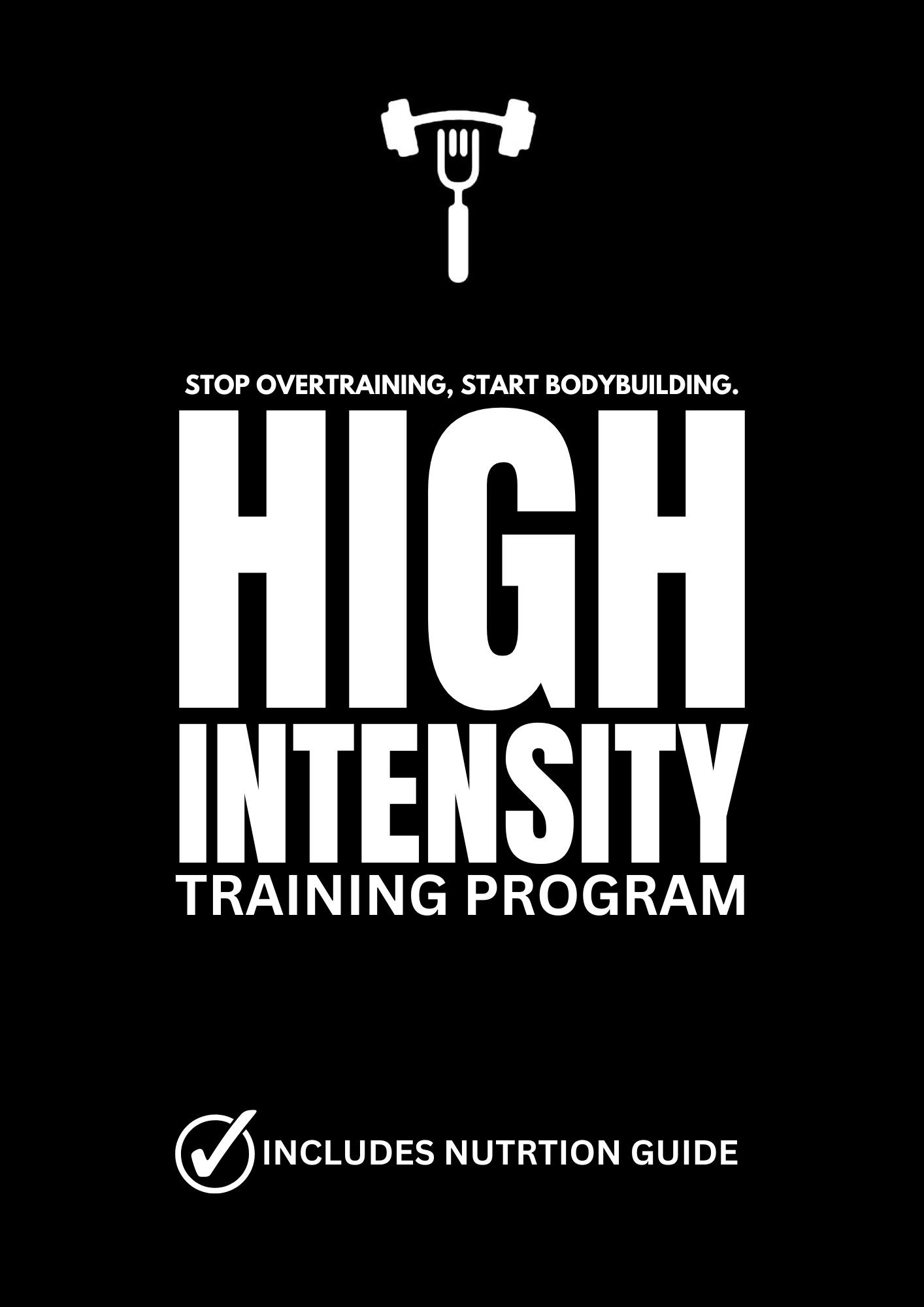The Pitfalls of Overtraining: Balancing Intensity and Rest

In the pursuit of physical fitness and muscle growth, there exists a fine line between dedication and overexertion. While the desire to push one’s limits is commendable, ignoring the body's need for adequate rest and recovery can lead to detrimental consequences. In this article, we'll explore the negative side effects of overtraining, particularly when individuals engage in excessively long and frequent training sessions without allowing sufficient time for rest and recovery.
Overtraining occurs when the body is subjected to more stress and workload than it can effectively recover from. This imbalance between training and recovery can manifest in various ways, impacting both physical and mental well-being. Some of the common side effects of overtraining include:
1. Decreased Performance: Paradoxically, pushing oneself too hard without adequate rest can lead to a decline in performance rather than improvement. This is because overtraining places excessive strain on muscles, leading to fatigue and decreased strength and endurance.
2. Increased Risk of Injury: Overworked muscles are more susceptible to injury due to fatigue and reduced flexibility. Ligaments, tendons, and joints also undergo stress without sufficient time to repair, increasing the likelihood of strains, sprains, and other injuries.
3. Persistent Fatigue: Overtraining can leave individuals feeling constantly tired and lacking in energy, both during workouts and in daily life. This persistent fatigue can interfere with sleep quality and overall mood, negatively impacting one's quality of life.
4. Suppressed Immune Function: Intense and frequent training sessions can suppress the immune system, making individuals more vulnerable to infections and illnesses. This can result in frequent colds, flu-like symptoms, and prolonged recovery periods from minor ailments.
5. Mental Exhaustion and Burnout: Overtraining doesn't just affect the body; it can also take a toll on mental health. Chronic stress from excessive training can lead to feelings of burnout, irritability, anxiety, and depression. The enjoyment and satisfaction derived from exercise may diminish, further exacerbating the issue.
To mitigate these negative side effects and promote optimal training outcomes, it's essential to adopt a balanced approach that incorporates principles of rest and recovery. One approach that emphasizes the importance of efficient training over excessive volume is rooted in the teachings of a renowned fitness theorist.
This approach advocates for high-intensity, low-volume training sessions that allow for adequate recovery between workouts. By focusing on brief, intense workouts performed with proper form and maximum effort, individuals can stimulate muscle growth without subjecting their bodies to unnecessary strain. This method prioritizes quality over quantity, ensuring that each workout is purposeful and effective.
Key principles of this training approach include:
1. Intensity over Duration: Instead of spending hours in the gym, prioritize short, intense workouts that target specific muscle groups. By maximizing effort during each session, individuals can achieve significant gains without overtaxing their bodies.2. Periodization: Implement structured periods of training and recovery to prevent overtraining and optimize progress. This may involve alternating between phases of high-intensity training and periods of lower intensity or complete rest.
3. Listen to Your Body: Pay attention to signs of fatigue, soreness, and decreased performance. If you're feeling excessively tired or experiencing persistent muscle soreness, it may be a sign that you need to dial back your training intensity or take additional rest days.
4. Prioritize Recovery: Give your body the time it needs to recover and repair between workouts. This includes getting adequate sleep, practicing stress-reducing activities such as meditation or yoga, and nourishing your body with proper nutrition.
5. Consistency and Patience: Understand that progress takes time and consistency. Avoid the temptation to push yourself too hard in pursuit of rapid gains, as this can lead to burnout and setbacks in the long run.
In conclusion, while the desire to achieve peak physical fitness is admirable, it's essential to strike a balance between challenging oneself and allowing for adequate rest and recovery. Overtraining can have significant negative consequences on both physical and mental health, undermining the very goals it seeks to achieve. By embracing a training approach that emphasizes intensity, periodization, and recovery, individuals can optimize their fitness journey and achieve sustainable long-term results.

